The transformation of cities through technological initiatives that lead to decarbonization is essential to improve the quality of life of citizens and boost the energy transition.
In this regard, industry leaders gathered at Latam Mobility: Colombia 2024 to discuss the decarbonization of the energy matrix, with the aim of achieving emission-free mobility.
Jessica Arias, UPME’s Deputy Director of Demand, pointed out that thanks to incentives from the public sector, there has been an exponential growth in renewable connection points in the grid, taking into account that Colombia has made great progress by accumulating 80% of the electricity matrix through renewable sources.
“Despite the El Niño phenomenon, the country was able to respond to this contingency and with the upcoming projects we expect the growth in the energy matrix to continue,” he said.
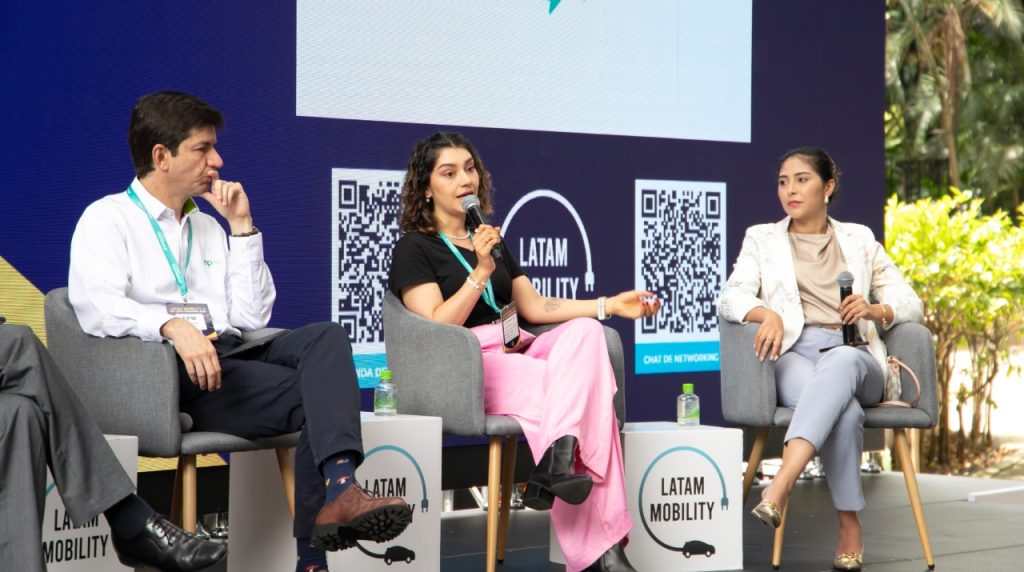
“Today we have energy at a lower cost, we are working in an articulated manner for six gigawatts of non-conventional sources. It is very important to solve bottlenecks in the procedures with a constant accompaniment to the developers in their task of decarbonization”, she explained.
Arias assured that there are still many challenges in terms of energy demand and electromobility, for which sustainable mobility requires reliable electrified public transportation systems and the UPME is working to have a clean energy matrix.
Accelerating the Transition
Nicolás Rincón, Director of Infrastructure and Sustainable Energy of the National Planning Department, pointed out that one of the great challenges to achieve the energy transition is to make projects to accelerate transmission a reality.
“We are working hard on charging infrastructure and analyzing how we generate signals for investment that lead to the development of recharging infrastructure,” he said. “One challenge is transmission, having transportation with more aggressive expansion plans, and for this, utilities and laws play a fundamental role.”
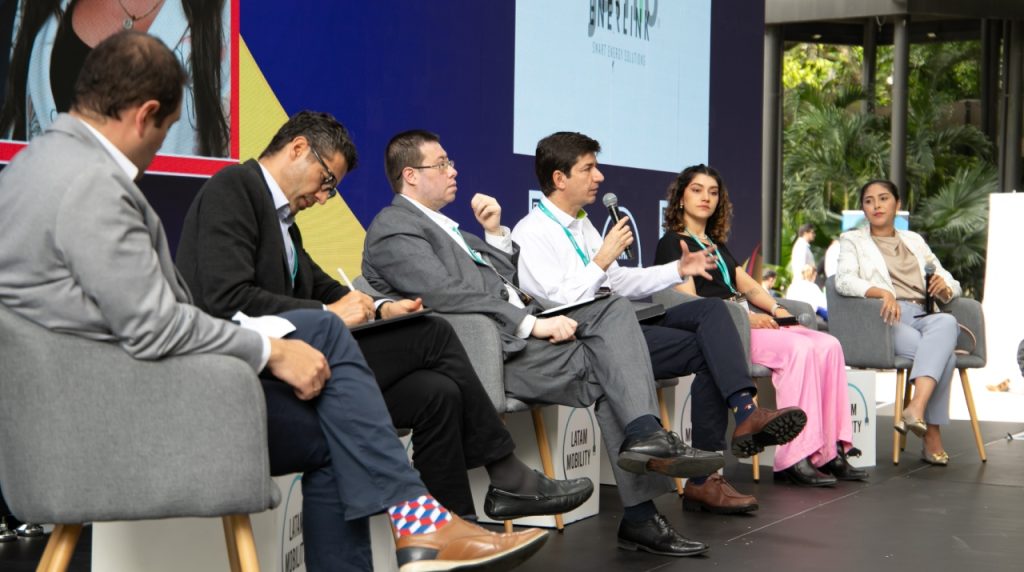
Rincón noted that another challenge facing the energy transition refers to residential stations to have regulation associated with what they have been working to make the market migrate.
“As a government we must give a signal, establish electric corridors so that citizens have guaranteed recharging and for this we must work in an articulated manner and encourage this type of schemes,” he concluded.
EPM’s Great Contribution
Juan Felipe Valencia, EPM’s Commercial Vice-President, participated again in Latam Mobility: Colombia 2024 to talk about the company’s progress and projects that are in the pipeline.
He revealed that by 2037 they plan to double the capacity by 98% of non-conventional renewable energies. “We are convinced that this is the way, we have already completed 20 years since the delivery of the first wind farm in Colombia”.
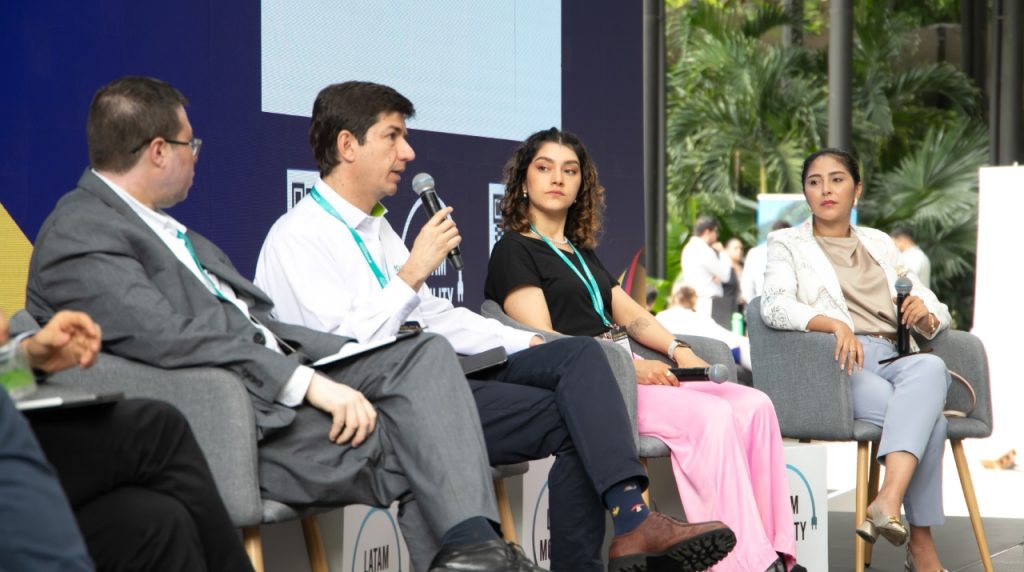
Among the projects that EPM manages for the sector, Valencia detailed that soon they will be inaugurating a solar park of 83 megawatts.
Likewise, the executive referred to successful cases such as Ituango with 2.4 gigas, which allowed establishing conditions so that the energy can be integrated to the system.
“Having the guarantees and environmental and social licenses is a challenge, we must make an effort and guarantee that there are clear regulations and norms so that investors feel legal security”, he concluded.
ISA Leadership
Sebastian Castañeda, ISA’s Vice President of Growth and Business Development, highlighted the organization’s leadership in energy transmission with more than 70,000 kilometers developed in infrastructure.
“Energy consumption is growing and our focus is that without transmission there is no transition to bring it to the consumption centers, transmission capacity has to grow between two and four times which represents a very important challenge,” he said.
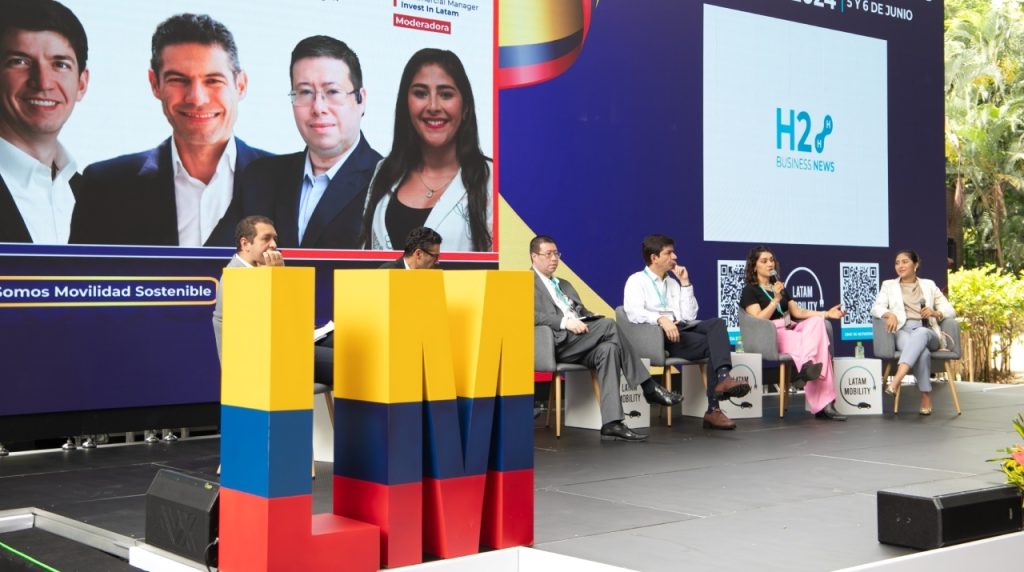
“We need to develop the necessary infrastructure. A transmission project can take more than six years, we have to look to anticipate projects where expansion goes hand in hand with transmission,” he added.
For Castañeda it is key to continue promoting regional integration to allow energy flows between countries and increase resilience, working on connecting renewable projects.
ACOLGEN and the challenges for the transition
Andrés Ospina, Legal and Tax Director of ACOLGEN, referred to the great challenges that still represent to reach the energy transition and the importance of taking advantage of the progress that Colombia has with 80% of generation coming from renewable sources.
“There is a long way to go, in the publication of the national energy plan where a growth of 15 gigawatts in renewable energies is foreseen, this will advance energy in two years, but it will not be enough for the country to reach the energy transition.
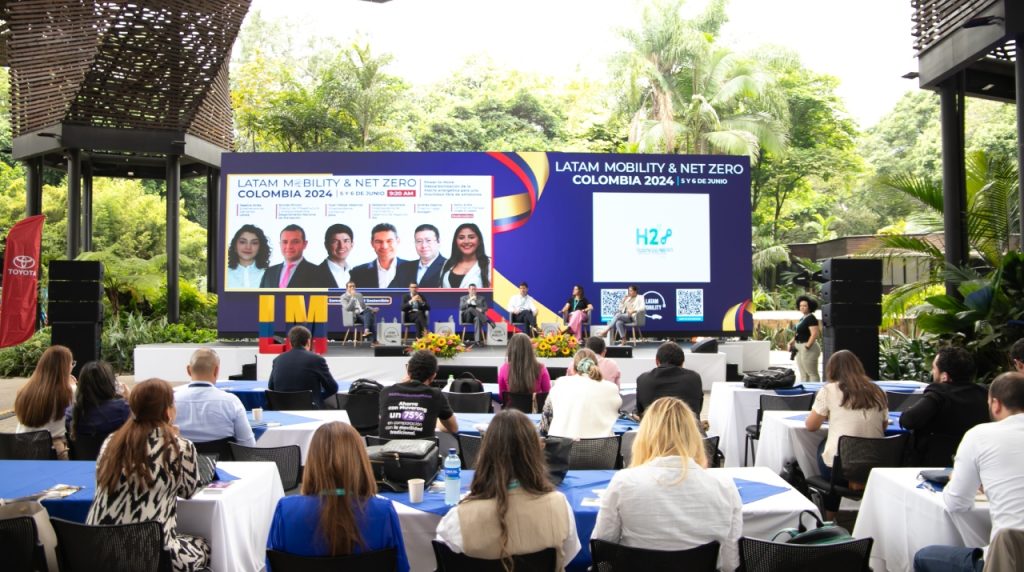
“There is a long way to go, in the publication of the national energy plan where a growth of 15 gigawatts in renewable energies is foreseen, this will advance energy in two years, so that by 2027 we will have a deficit situation and we must seek to sustain the electricity system”.
He explained that the path to the energy transition must focus on aspects such as reducing emissions and meeting the demands of citizens to have a fairer society.
“There is a technological boom that gives us opportunities to migrate in transportation towards low-emission electricity and natural gas. We see great obstacles; of the 100% of projects, only 13 to 17% entered. We require infrastructure to overcome the challenges and in this sense, the financial and regulatory issues are very important”, he concluded.







